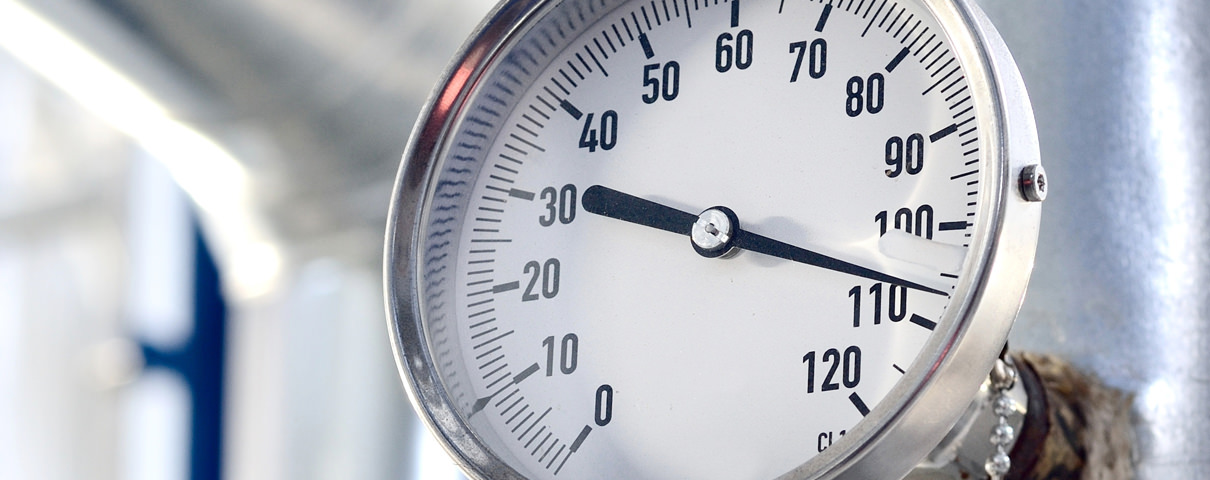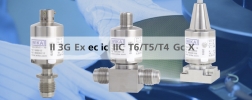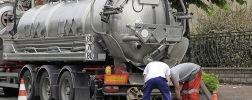Which ignition protection type is suitable for battery-operated pressure measuring instruments, which are increasingly being used in combination with a radio unit? WIKA has clearly answered this question for its portfolio: “Ex i”, i.e. intrinsic safety. This …
Ex protection
Pressure switch in hydrogen-powered train ensures safety
Jing Lyu | ApplicationsIn a newly developed hydrogen train for local transport, a pressure switch from WIKA plays a crucial role. Within the scope of pressure monitoring, it performs the central safety function in the H2 supply system during the journey. The benefits of hydrogen in rail …
What is the leading ignition protection type for UHP pressure transducers?
Fabian Mayer | Know-howThe leading ignition protection type is critical for the electrical connection of a pressure sensor with explosion protection. It does not necessarily have to be the one with the stricter requirements. This applies, for example, for the UHP pressure transducers of the …
Flame arrester protects sewage vacuum truck tanks
Jing Lyu | ApplicationsA pre-volume deflagration flame arrester or – simplified – a flame arrester prevents flame transmission, through a measuring instrument, into a zone 0 (gas) hazardous area. This protective function, therefore, plays an important role, especially in process …
Calibration of ultra-high pressures over the entire measuring range
Jing Lyu | ApplicationsThe calibration of ultra-high pressures is a challenge. This is because conventional test instruments are only designed for pressures up to 1,000 bar. In many applications, however, sensors work with several times this value, for example in the automotive industry. If …






